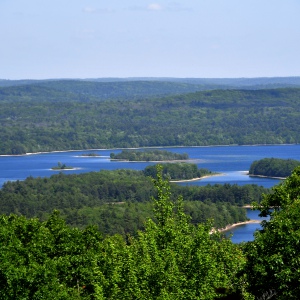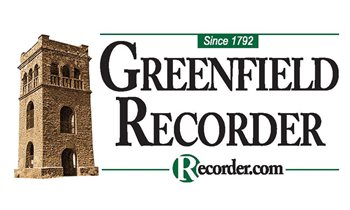My Turn: Honey bee decline is not the same as pollinator decline

FILE PHOTO
| Published: 05-19-2025 10:44 AM |
The May 3 Recorder’s front-page article, “Beekeepers report 1.6M colony loss,” reports a worrisome decline in honey bee colonies. However, the article gives the erroneous impression that bee colony loss equals pollinator loss. This is not the case.
The confusion begins with a quote from Kim Skyrm, Massachusetts Department of Agricultural Resources chief apiary inspector, saying that honeybees are a “keystone species,” and that their loss “could have the potential to significantly impact our entire ecosystem.” This is likely a misquote from the Xerces Society pollinators webpage, which states the following:
“Pollinators are essential to our environment. The ecological service they provide is necessary for the reproduction of over 85% of the world’s flowering plants, including more than two-thirds of the world’s crop species … Beyond agriculture, pollinators are keystone species in most terrestrial ecosystems. Fruits and seeds derived from insect pollination are a major part of the diet of approximately 25% of all birds, and of mammals ranging from red-backed voles to grizzly bears.”
Note that the Xerces Society says pollinators, not honeybees, are keystone species.
The honey bee, Apis mellifera, is only one species of bee. It is not native to North America. Honey bees in the U.S. are better thought of as livestock rather than as wild creatures. In North America there are around 3,600 native bee species — all important pollinators, both of crops and of plants in our forests, fields, and gardens. And not all insect pollinators are bees: Other important pollinators include wasps, moths, and flies.
Honey bees are great for producing honey, but the honey bee is not always the best pollinator for some common crops. Take the tomato as an example. Tomato pollen needs to be shaken loose from the flower using a vibrating technique used by bumble bees but unknown to honey bees. Blueberries, which are native to North America, are best pollinated by the native mining bee, not by honey bees. In fact, the Xerces Society states that honey bees are not efficient pollinators, because they mix the pollen and nectar they collect into a hard cake that does not come loose to pollinate the next flower visited. A native bee coated with pollen is actually a better pollinator than a honey bee.
Focusing on honey bees can actually lead to declines in native bee populations. The pollen one hive can collect would support thousands of native solitary bees. The honey bees can also transmit viruses to the native bees. And increasing the density of honey bees in an area can actually result in poorer pollination of crops, according to the Xerces Society. So if you want to harvest honey, raise honey bees. But if you want to support pollinators, consider that raising honey bees may put a strain on the native pollinator population unless you go out of your way to provide what all pollinators need. More about that below.
And while honey bee populations are suffering, in fact all insect pollinator populations are in decline — some bumble bee species have seen as much as an 85% decline and are even listed as threatened. The culprits are mostly human practices: destruction of natural habitat, use of pesticides including neonicotinoids, and overuse of lighting at night, to name a few.
Article continues after...
Yesterday's Most Read Articles
If we care about supporting pollinators, it’s important to focus on supporting native pollinators. Plant a variety of native plants to provide nectar and pollen throughout the growing season. Leave leaf litter for the pollinators that need it to complete their life cycles. Turn off outside lights, which disorient the many night-flying moths and other insects that visit flowers in the dark.
As Dan Conlon of Warm Colors Apiary is quoted as saying, part of the solution is “getting the public to buy into the idea that the environment has got to be protected. Not just for the honeybees, but for us.” And, I would add, for all other living beings, native pollinators included.
Want to learn more about pollinators and how to help them? Go to https://xerces.org/pollinator-conservation.
Mary Westervelt lives in Greenfield.






 Janet Keyes: Newspaper changes noted
Janet Keyes: Newspaper changes noted My Turn: I have something to share with the class
My Turn: I have something to share with the class Guest columnist Matteo Pangallo: Drowned by the Quabbin
Guest columnist Matteo Pangallo: Drowned by the Quabbin Laurie Evans: Restore access for the Gordon King Estate Blueberry Patch
Laurie Evans: Restore access for the Gordon King Estate Blueberry Patch
